Saareeraka Upanishad — 4
Aim Sri Saaradaadevyai namah.
Saareeraka Upanishad~4.
Mantra: 2.
“Srotraadeeni jnaanendriyaani,
srotram aakaase, vaayau tvak,
agnau chakshuh, apsu jihvaa,
prithivyaam ghraanam iti” ||2||
2. “The ear and others are sense-organs of knowledge. The ear is derived from the space-element. The air-element generated the skin; the fire-element the eye; the water-element the tongue and the earth-element produced the nose”.
In the above mantra, it is clarified in an order, that which human sense-organ originated from which corresponding fundamental element. Now, we proceed to
Mantra: 3.
“Evam indriyaanaam yathaa kramena sabda, sparsa, roopa,
rasa, gandhaah cha ete vishayaah prithivi aadi mahaa
bhooteshu kramena utpannaah“. ||3||
“All these sense-organs possess their inherent qualities. They are sound-sense, sense of touch, sense of form, taste-sense and smell-sense. All these senses, again, are brought about by the Earth and the other great elements”.
From the above two mantras, we can deduce as under:-
| Name of Element | Sense Organ | Name of the sense |
|---|---|---|
| Space | Ear | Sound |
| Air | Skin | Touch |
| Fire | Eye | Form |
| Water | Tongue | Taste |
| Earth | Nose | Smell |
Swasti ||
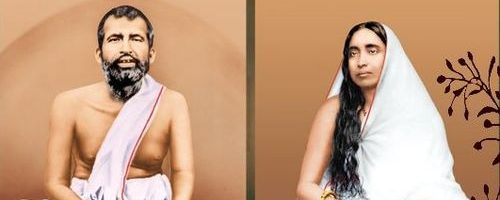
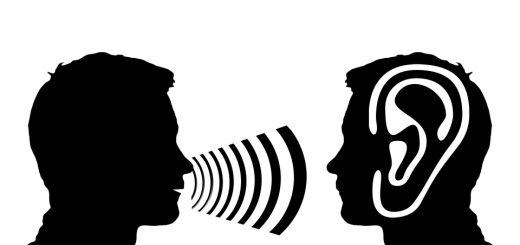
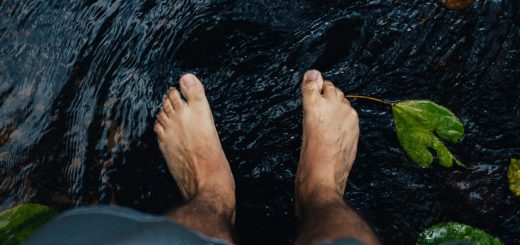


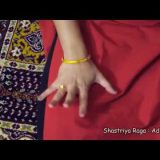
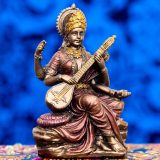
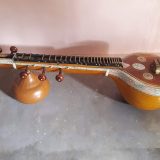
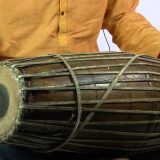

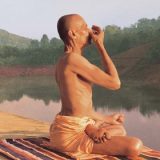



Yes, “Tattva Bodha” also sheds light on this relation-matrix. So, maybe, Sareeraka upanishad is the source of that information. Thanks.
Saareerika Upanishad is being analised and explained very clearly. It’s interesting and surprising to know that human body is made of five elements of nature. Each element, the related sense organ and its function are presented clearly. We are having a great feeling that we are learning an Upanishad, which was only possible to pupils in Gurukulams in the past.
The lesson is being taught in traditional manner. The table given below is is very useful to understand the total essence of the two Mantras.